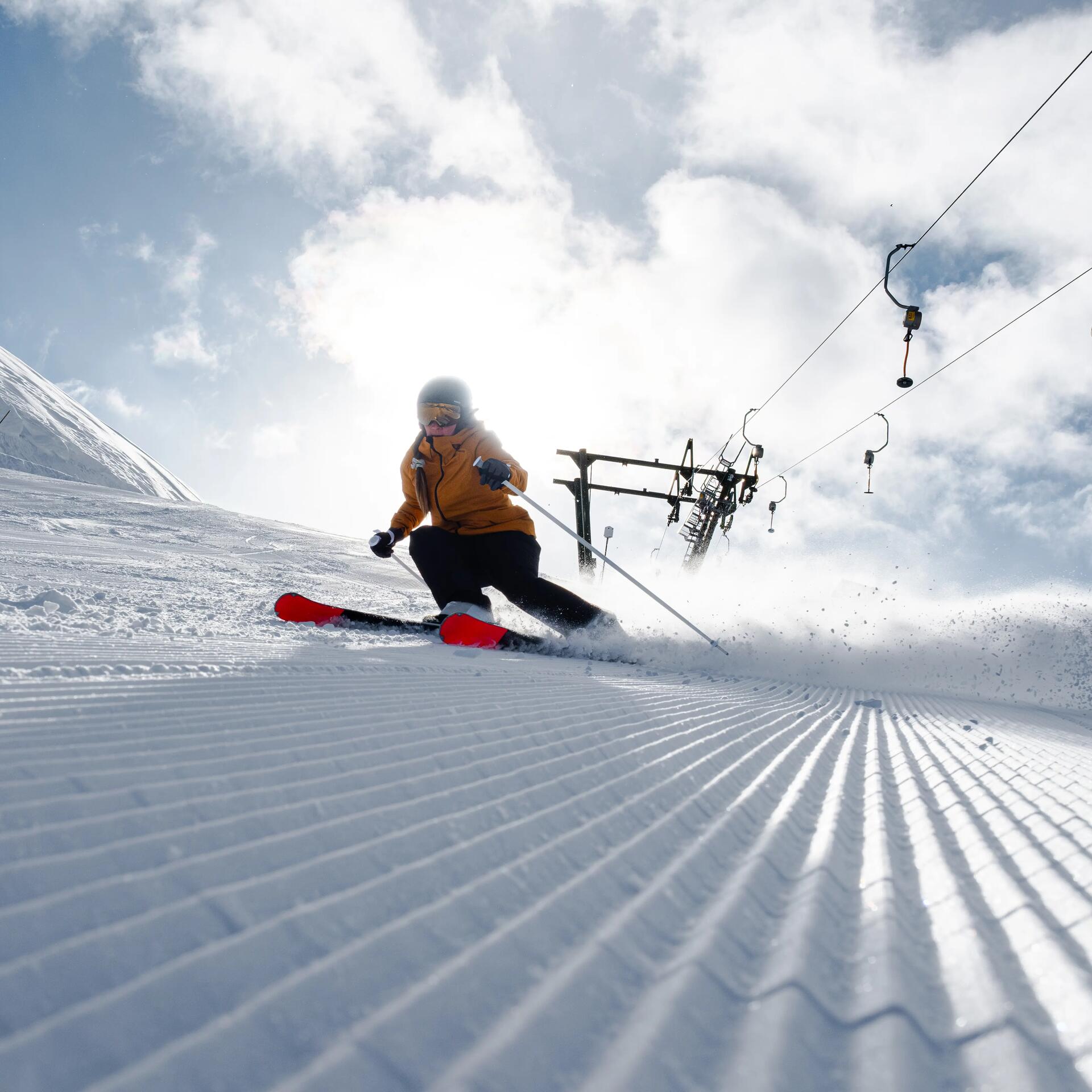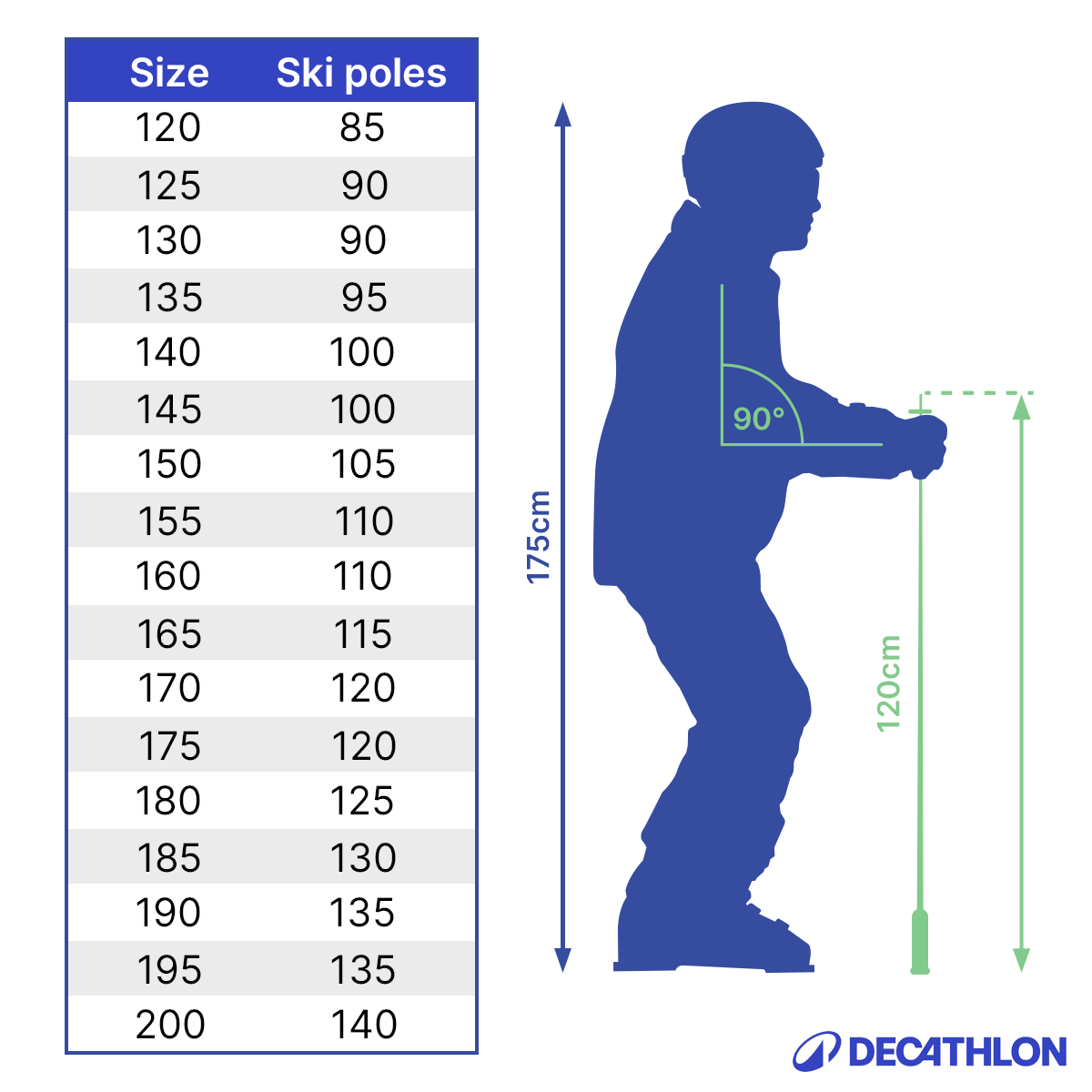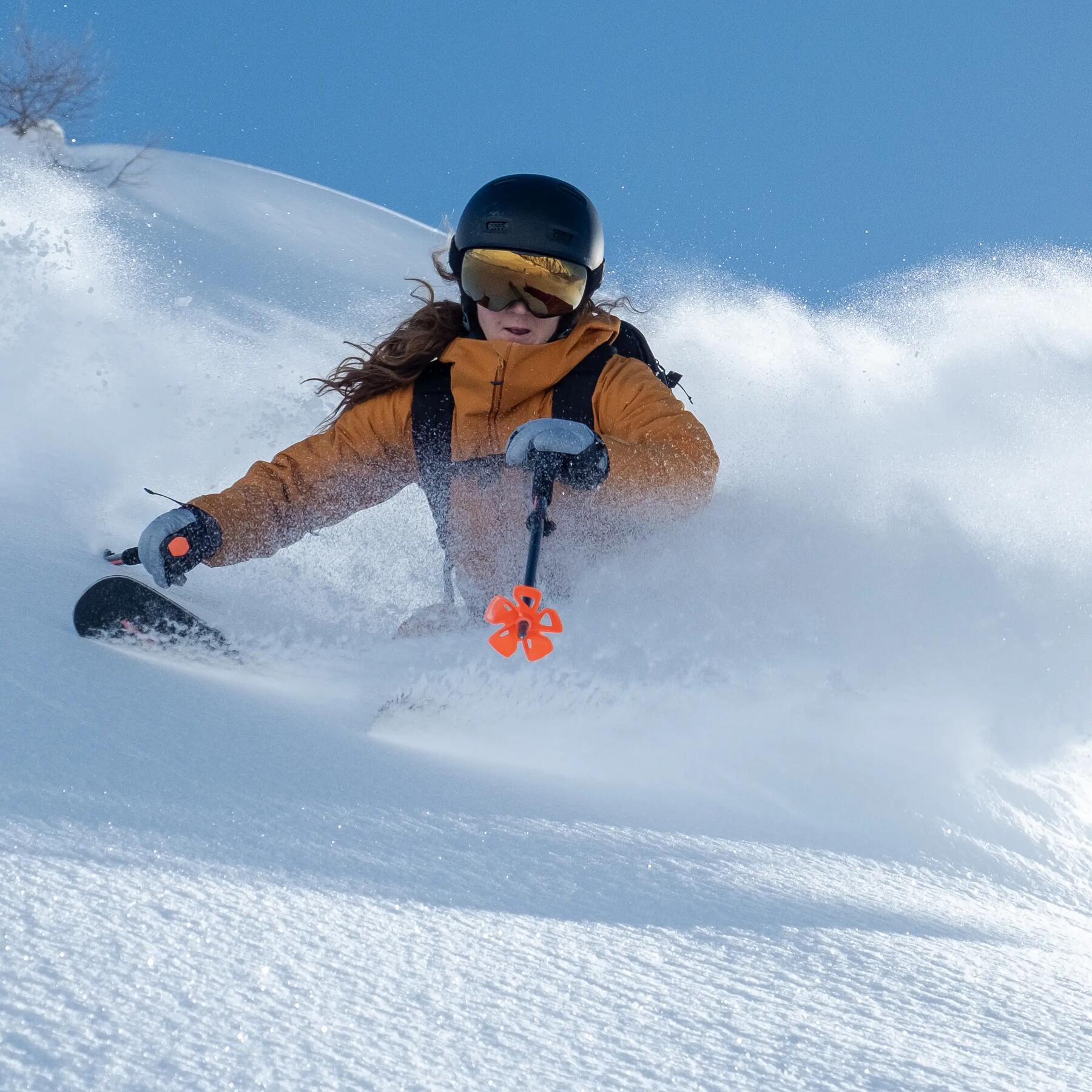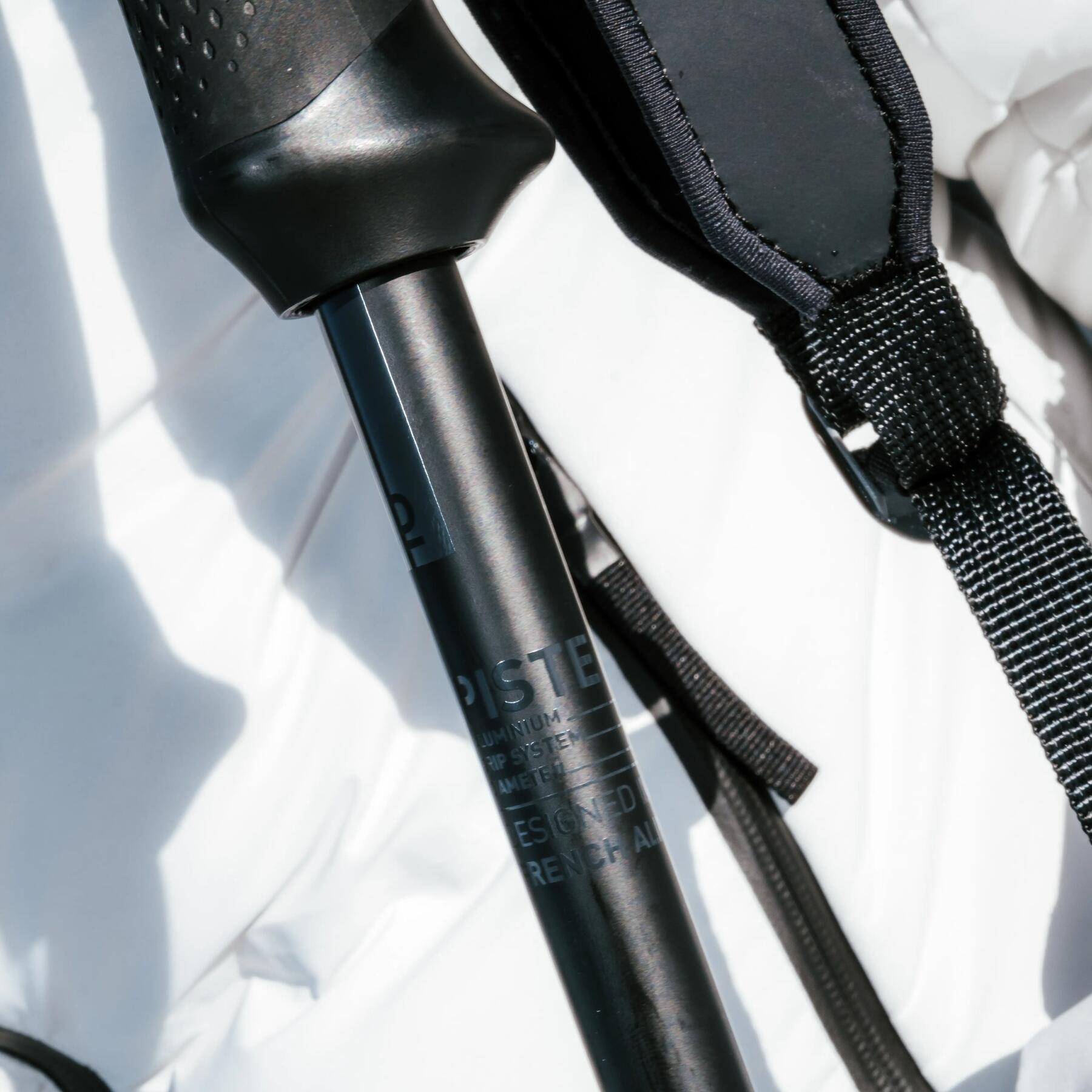Which poles are suitable for my type of skiing?
Ski poles are not all designed in the same way for every type of skiing. Some options are better suited to a particular type of skiing, depending on the terrain the skier will be using.

The famous "pole plant" is very important when it comes to skiing, and some types of ski poles are more suitable than others, depending on the type of skiing you’re doing. So how do you choose? And what length pole should you go for? We tell you all!
As with all ski equipment, there are several factors to consider when choosing ski poles, such as the length, the type of basket or strap, whether to choose aluminium or carbon poles and the type of skiing you do... We're here to help you find the right pair of poles!
Ski poles are not all designed in the same way for every type of skiing. Some options are better suited to a particular type of skiing, depending on the terrain the skier will be using.

Alpine ski poles
For downhill skiing, traditional poles with small baskets are the perfect choice. The poles are strong enough to help you up if you fall over and they will give you the right momentum at every turn on the slopes. Their slender shape improves aerodynamics.

Freeride and ski touring ski poles
For freeride and mountain touring, opt for adjustable ski poles. You can adjust them so that your poles are fairly short ascents (for ski touring) and longer for descents. When freeriding, you can shorten them and put them on your rucksack if you're walking up, with your skis on your back, before using them for the descent.

To find out which size you need, hold the pole upside down and vertically, with your hand under the basket. Your arm should be at a 90° angle.
If you are purchasing your poles online and don't have the opportunity to try them out, measure your height in centimetres and multiply it by 0.7. The result will give you an approximate of the ski pole length you need in centimetres. If you're 1.80 m tall (i.e. 180 cm), your poles should measure approximately 126 cm (180x0.7).
Note that ski touring poles are generally longer, as they need to give you a good boost when you’re climbing. You use the same calculation as for alpine ski poles, but you need to subtract 20–30 cm from your height.
Different sized baskets, different pole materials... As well as the type of skiing you do, there are several other criteria that can help you choose between ski pole models.

Ski pole baskets are not different sizes for aesthetic reasons but for practical purposes.

There are different types of handles too.

At Decathlon, we offer two types of strap, depending on your skiing level.

The material of the pole is also an important consideration when making your choice because it influences the weight and strength of your ski poles. Aluminium is currently the most common material on the market, but components made of titanium, fibreglass or carbon are being developed more and more because of their lightweight and flexible properties.
You now have all the information you need to choose your new ski poles and enjoy winter sports to the full. You still have to choose which design you like, but you don’t need our advice when it comes to taste and colour!